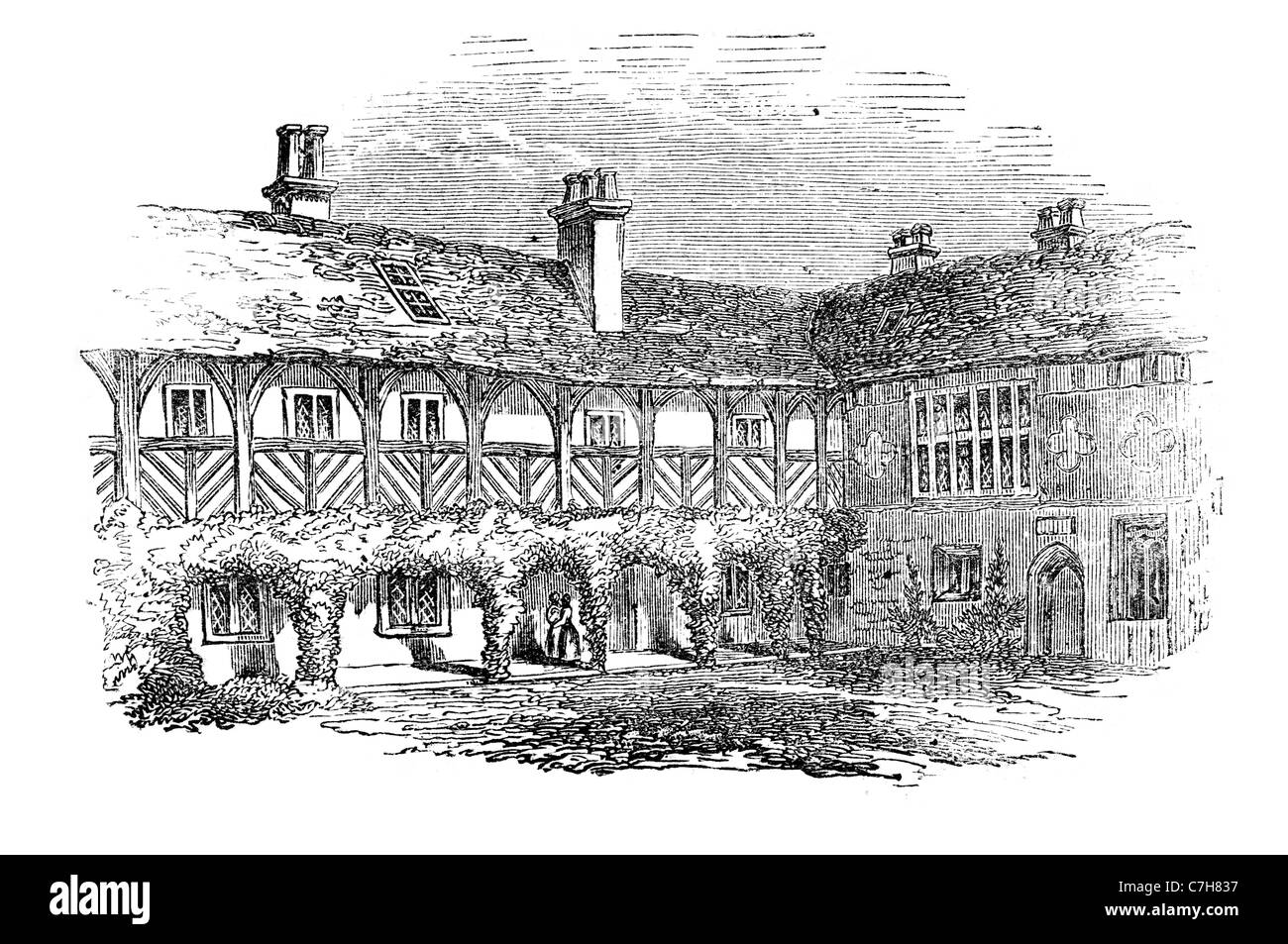Smithills Hall Grade I listed manor house Scheduled Monument township Halliwell Bolton, Greater Manchester England oldest manor

Image details
Contributor:
SOTK2011 / Alamy Stock PhotoImage ID:
C7H837File size:
38.5 MB (2.5 MB Compressed download)Releases:
Model - no | Property - noDo I need a release?Dimensions:
4502 x 2990 px | 38.1 x 25.3 cm | 15 x 10 inches | 300dpiDate taken:
21 September 2011More information:
Smithills Hall is a Grade I listed manor house, and a Scheduled Monument in the township of Halliwell, now in Bolton, Greater Manchester, England. it stands on the slopes of the moors above Bolton at a height of 500 feet, two miles north west of the town centre. It occupies a defensive site near the Astley and Raveden Brooks. One of the oldest manor houses in the north west of England, its oldest parts, including the great hall, date from the 15th century and it has been since been altered and extended particularly the west part. Parts of it were moated. The property is owned by Bolton Metropolitan Borough Council and open to the public. Smithills derives from the Old English smeoe and hyll meaning the smooth hill and was recorded as Smythell in 1322. Early medieval records about the hall began in 1335 when William Radcliffe acquired the manor from the Hultons who held it from the Hospitallers. The Radciffes lived there until 1485, when the male line failed and Smithills Hall passed to the Bartons, wealthy sheep owners for nearly 200 years. In 1659 the hall and estate passed by marriage to the Belasyse family. In 1722 the Byroms of Manchester bought the manor and kept it until 1801 when the hall and estate were acquired by the Ainsworths, who made their fortune as the owners of bleachworks at Barrow Bridge. Around 1875 Richard Henry Ainsworth employed architect George Devey to extend and modernise the hall. In 1938, George Ainsworth sold Smithills Hall to Bolton Corporation. Parts of it became a residential home and day centre that closed in the 1990s. The oldest parts of the hall opened as a museum in 1963, and in the 1990s, the museum was extended into some of the Victorian extensions. The west wing was restored by the council in 1999. In 1554 George Marsh a preacher from Deane near Bolton was 'examined' at Smithills Hall, before being sent to Chester to be tried for heresy. He was found guilty and executed at Boughton in Chester.